Skin cancer is now the most common cancer in the United States. In the last few years the number of adults treated for skin cancer has increased 50 percent. You can work to prevent skin cancer; it just takes awareness of the risk factors and the best forms of prevention.
There are two types of skin cancer: melanoma and non-melanoma. Non-melanoma cancers are the most common and are usually caused by sun exposure. Melanoma, the deadly form of skin cancer, genetics plays a role in your risk factors.
The Three Evil Rays
UVA, UVB, and UVC are the three types of ultraviolet (UV) rays that damage the DNA of our skin cells. The ozone layer filters out UVC so it is not as much of a concern. UVB is what creates sunburns and tanning. There is less UVA but it penetrates the skin more deeply to cause skin cancer. That’s why you hear recommendations about using a broad-spectrum sunscreen – only this type of sunscreen guards against both A and B.
Use Year-Round Protection
Yes, even on cloudy days and even in the winter! Use broad-spectrum sunscreen that has an SPF of 30 or higher. Ensure that it contains the correct ingredients: meroxyl aka ecamsule and avobenzone aka parsol 1789. Apply sunscreen every day before leaving the house, and reapply every two hours, more often if temperatures are high and you’re swimming or sweating.
Winter Risks
Even winter poses risks for skin cancer especially if you like to ski or snowboard. That’s because snow reflects UV rays and higher altitudes mean increased UV penetration. That makes sunscreen and lip protection crucial, even when temperatures are low.
Overcast Days
Don’t be fooled. Just because the sun isn’t out, radiation is tricky. It can penetrate clouds. Apply broad-spectrum sunscreen before going out. Avoid the outdoors when radiation is at its highest, usually between 10 am and 4 pm. This can help you avoid skin damage and lessen your risk of developing skin cancer. For additional protection, seek shade and keep hydrated.
Think Ahead
Sunscreen takes 30 minutes to an hour to be fully effective. If you wait until you are outside to apply, you could have already developed skin damage from the exposure.
Here, There & Everywhere
Apply sunscreen to all exposed areas of your body, even on your ears and behind your ears. Don’t forget your nose; that’s where 15 to 20 percent of skin cancers occur. Protect your lips with balm that has the appropriate sun protection.
Cover Up
You can also wear protective clothing. Sunscreens don’t provide complete protection from UV rays, but there are companies that make clothes that do. You can find these companies online or check with your dermatologist. In addition, wear a broad-brimmed hat to protect your scalp. Last but not least, don’t forget your sunglasses! Find a pair that blocks both UVA and UVB rays.
Protecting Your Child
Do not use sunscreen on children under one year of age. If you know you are going to be outside, use protective clothing and sit in a shady spot.
A few other common sense tips include:
- Avoid tanning beds
- Ask your doctor about medications you are taking.Some can make your skin more sun-sensitive.
- Check your skin monthly and report changes to your doctor.Look for new growths or a change in bumps, moles, and freckles.
- See your doctor every yearfor a professional skin exam.
With a little extra effort using these tips, you can decrease yours and your child’s chances of developing skin cancer later in life.
#Share the sunshine life Hope this article can help you or your friends.






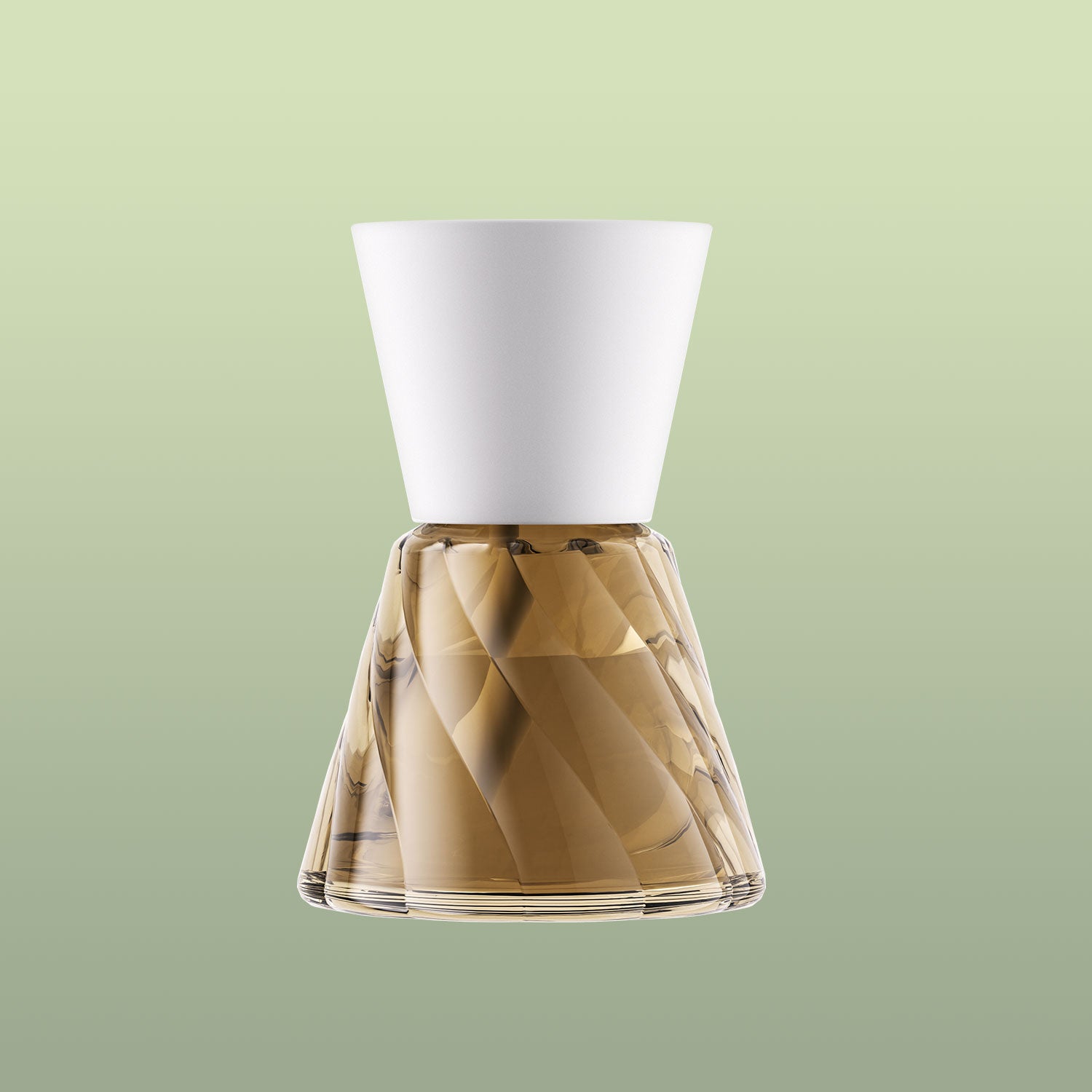


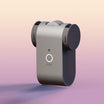

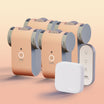
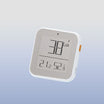
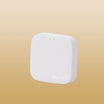



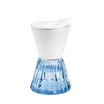



Leave a comment
All comments are moderated before being published.
This site is protected by hCaptcha and the hCaptcha Privacy Policy and Terms of Service apply.